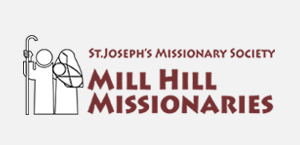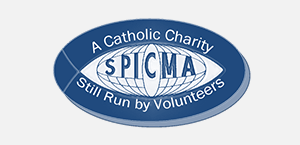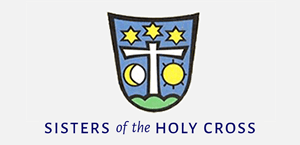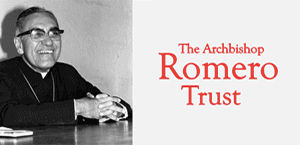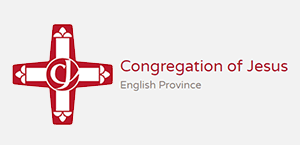Gospel in Art: The beheading of John the Baptist
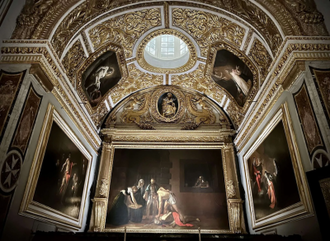
The Beheading of Saint John the Baptist, by Michelangelo Merisi da Caravaggio, 1608 © St John's Co-Cathedral, Valletta, Malta
Source: Christian Art
Gospel of 29 August 2024
Mark 6:17-29
Herod sent to have John arrested, and had him chained up in prison because of Herodias, his brother Philip's wife whom he had married. For John had told Herod, 'It is against the law for you to have your brother's wife.' As for Herodias, she was furious with him and wanted to kill him; but she was not able to, because Herod was afraid of John, knowing him to be a good and holy man, and gave him his protection. When he had heard him speak he was greatly perplexed, and yet he liked to listen to him.
An opportunity came on Herod's birthday when he gave a banquet for the nobles of his court, for his army officers and for the leading figures in Galilee. When the daughter of this same Herodias came in and danced, she delighted Herod and his guests; so the king said to the girl, 'Ask me anything you like and I will give it you.' And he swore her an oath, 'I will give you anything you ask, even half my kingdom.' She went out and said to her mother, 'What shall I ask for?' She replied, 'The head of John the Baptist.' The girl hurried straight back to the king and made her request, 'I want you to give me John the Baptist's head, here and now, on a dish.' The king was deeply distressed but, thinking of the oaths he had sworn and of his guests, he was reluctant to break his word to her. So the king at once sent one of the bodyguard with orders to bring John's head. The man went off and beheaded him in prison; then he brought the head on a dish and gave it to the girl, and the girl gave it to her mother. When John's disciples heard about this, they came and took his body and laid it in a tomb.
Reflection on the Side Chapel Painting
Although a relatively small island, Malta holds two paintings by Caravaggio: one of St Jerome in his study, and the other, the painting we are looking at today, The Beheading of St John the Baptist. The painting was commissioned by the Order of Malta in 1608 to be part of the altarpiece in St John's Co-Cathedral in Valletta (I show a photo giving a sense of its position in the side chapel). This is the largest canvas Caravaggio ever painted. It depicts the moment after the executioner has struck John with his sword and has now drawn a knife from his belt to finish the job. Although the scene is cruel, there is a great serenity in the empty space surrounding the central figures. Saint John isn't in the customary kneeling position seen in most other artworks on this theme; instead, he is on the ground with his hands tied behind his back, resembling a sacrificial lamb. Salome stands ready with a golden platter to receive his head, while a powerless bystander woman looks on in shock, realising the execution is wrong. This is the only painting by Caravaggio to bear his signature, which he placed in the red blood spilling from the Baptist's cut throat, signed "f. Michelang.o," meaning Fra Michelangelo, Brother of the Knights of Malta.
I had the pleasure of seeing this magnificent work of art again last week during my holidays in Malta. Looking at the painting, we feel like powerless bystanders, witnessing how John dies for his faith in front of our eyes. It is simply such an engaging work of art.
Here is an interesting story I came across recently: During the Chinese Communist purge of Mao Zedong in 1949, many churches were closed, and Christians were arrested and executed. A small group of Christians met privately, in hiding. During one of these meetings, the doors suddenly opened, and three communist soldiers walked in with weapons drawn. They shouted for all the Christians to line up against the wall to be executed. The soldiers said, "If you are not a believer, you are free to leave." Some of the group fled the room. But a group of faithful followers of Christ joined hands and stood together, waiting to die for Jesus. After the unbelievers had left, the soldiers lowered their weapons and said, "We are believers too, and we wanted to find a group of Christians who are willing to die for their faith. May we join you?"
Would we be willing to die for our faith like these Chinese Christians or Saint John? This question challenges us to consider the depth of our commitment and the strength of our beliefs. The stories of Saint John and the faithful Christians in China serve as a powerful reminder of the sacrifices made in the name of our Christian faith.
LINKS
Gospel in Art: https://christian.art/
Today's Reflection: https://christian.art/daily-gospel-reading/mark-6-17-29-2024/












